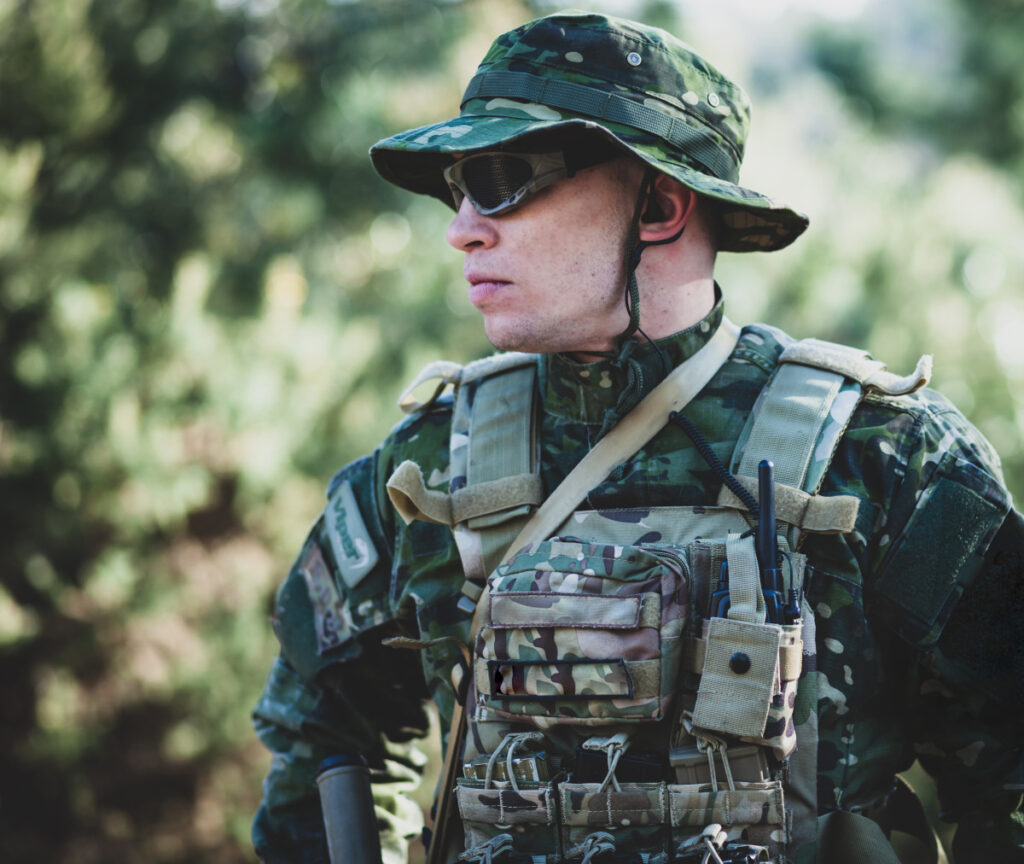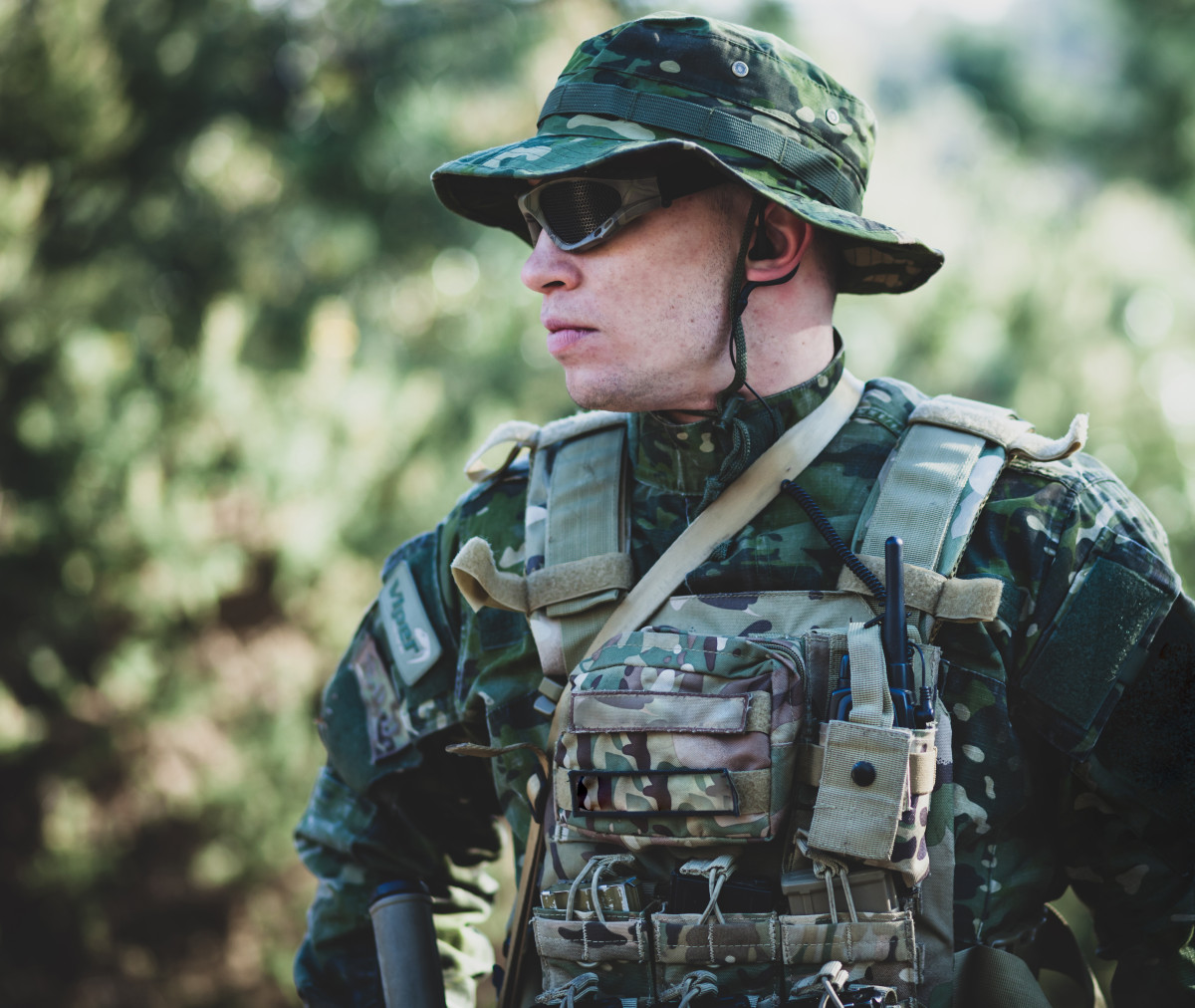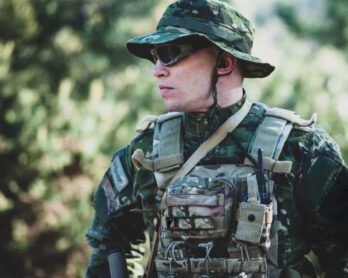In the world of airsoft, various jargons and abbreviations can be confusing, especially for those who are new to this thrilling sport. One such term you might come across during gameplay is CQB, which stands for close quarters battle.
What are the Characteristic Features of CQB Airsoft Gameplay?
Close Quarters Battle, or CQB, refers to a particular style of airsoft combat that typically takes place in confined spaces like small buildings, urban environments, and tight indoor areas. This type of engagement demands specific strategies and tactics to effectively navigate the restricted surroundings while encountering opponents at short distances.
The primary focus of CQB is speed and agility due to the close proximity between players. It’s crucial for participants to be able to think and react quickly under pressure. Moreover, CQB often leads to intense adrenaline-filled experiences as it simulates high-stress real-life situations.
Another aspect of CQB is using a different set of weapons and equipment compared to outdoor airsoft settings. Players often opt for compact firearms such as pistols, submachine guns, and shorter-barreled rifles that allow easier maneuvering in tight spaces. Essential gear for CQB may include protective eyewear, tactical vests with additional magazine pouches, and even an airsoft grenade for increased effectiveness during playtime.
Methods Employed in CQB Airsoft Scenarios
In CQB, strategic planning becomes vital as rapid decision-making and effective communication among teammates prove key to successful outcomes. Some popular methods used in these scenarios include:
- Slicing the Pie: This technique allows a player to clear a room corner by gradually scanning and moving around the doorway in a smooth, circular fashion. It reduces exposure to potential threats while providing an opportunity to engage opponents effectively.
- Dynamic Entry: Often seen as the most aggressive method, dynamic entry involves swiftly storming into a room using maximum speed and force. The element of surprise is critical to overpower enemies. Concurrently, the coordination between team members on target prioritization and covering different angles plays a crucial role.
- Limited Penetration: In contrast to dynamic entry, limited penetration entails players remaining cautious and taking their time to enter a room. Utilizing cover, aiming through doorways, and carefully assessing threats before advancing can be key factors in this approach.
CQB Airsoft Arenas and Game Types
Several dedicated airsoft arenas exist that specialize in CQB environments, encompassing various types of indoor spaces and field layouts for players to practice and hone their close combat skills. These facilities often replicate real-life scenarios and circumstances, heightening realism and excitement during gameplay.
Some common CQB game types include hostage rescue missions, capture the flag, and bomb defusal operations, among others. All these modes challenge players to employ teamwork, strategic thinking, and efficient communication to secure victory.
Important Rules and Safety Measures in CQB Venues
Due to its intense nature and proximity between participants, CQB poses specific safety concerns within airsoft games. To mitigate risks, organized venues and events enforce strict rules and guidelines such as:
- Minimum Engagement Distance (MED): Mandating a specified minimum distance within which opponents must not engage helps prevent injury from point-blank shots and heightened velocities.
- Velocity Limits: Restricting the maximum velocity or feet per second (FPS) of fired projectiles reduces potential harm to players.
- Protective Equipment: Eyewear protection, face masks, and other necessary gear are often mandatory during indoor CQB airsoft games.







 We are all about travel and lifestyle over here at Pacific Voyagers. I’m Jen and this is my blog, although you will see a lot of posts written by my blogging dream team on topics like travel, life, beauty, home, budgeting and much more.
We are all about travel and lifestyle over here at Pacific Voyagers. I’m Jen and this is my blog, although you will see a lot of posts written by my blogging dream team on topics like travel, life, beauty, home, budgeting and much more.




